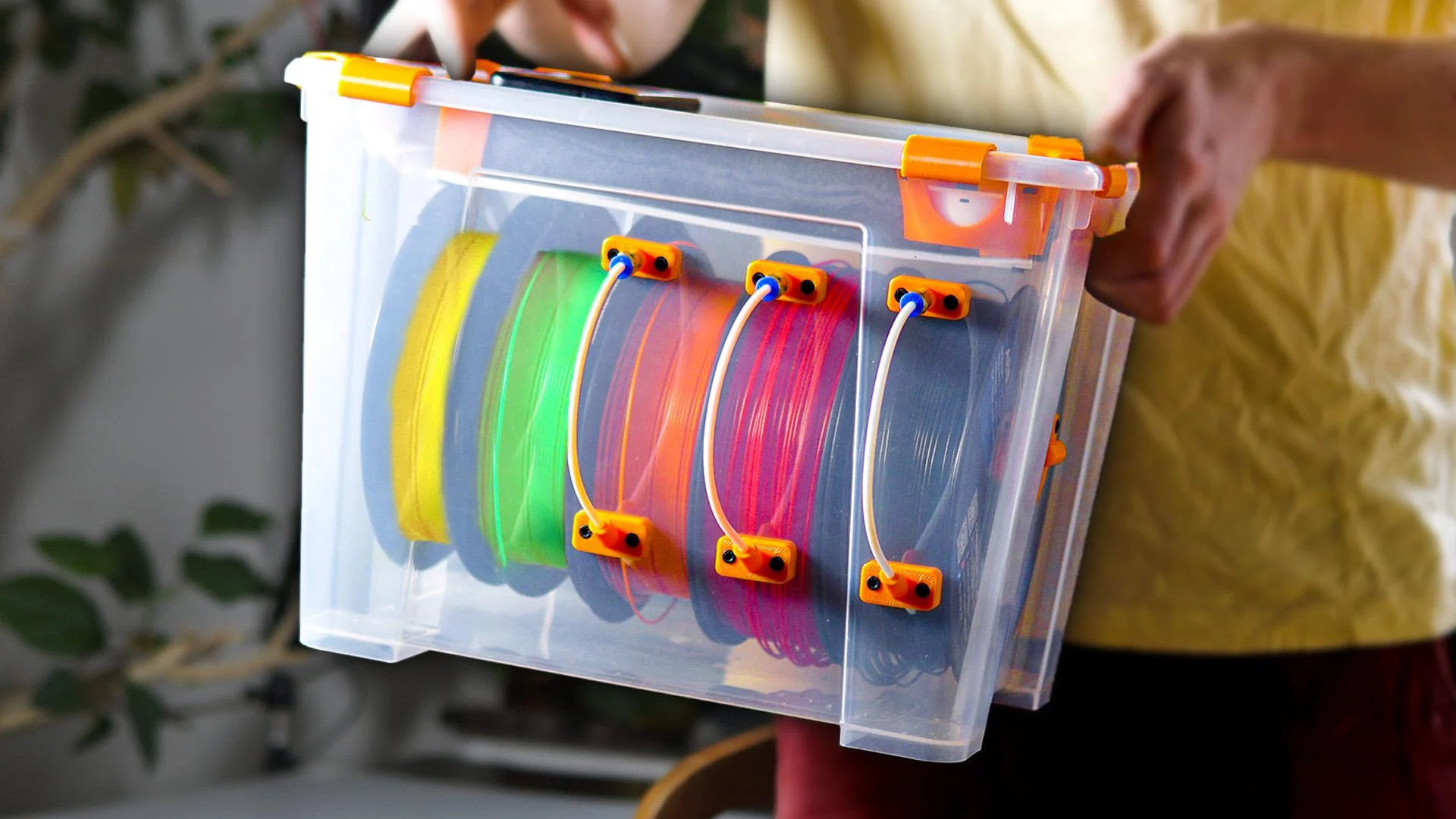

Articles
How To Store Filament
Modified: January 9, 2024
Learn the best techniques and tips for storing filament in this helpful article. Safely preserve your filament to ensure optimal 3D printing results.
(Many of the links in this article redirect to a specific reviewed product. Your purchase of these products through affiliate links helps to generate commission for Storables.com, at no extra cost. Learn more)
Introduction
Welcome to the world of 3D printing! Whether you are a hobbyist or a professional, it is important to understand the significance of proper storage for your filament. 3D printing filament, such as PLA or ABS, can be sensitive to environmental conditions, which can affect the quality and performance of your prints. In this article, we will explore the importance of storing filament correctly and share some best practices to ensure your filament remains in optimal condition.
Proper storage of filament is crucial because it helps to maintain the filament”s quality and extend its shelf life. Filament is made of sensitive materials that can be affected by moisture, temperature, and exposure to UV light. When filament absorbs moisture from the air, it can become brittle and lead to poor printing results. Additionally, exposure to high temperatures can cause filament to warp or become deformed, making it unsuitable for printing.
To ensure the longevity and quality of your filament, it is important to consider various factors when storing it. These factors include temperature, humidity levels, exposure to UV light, and protection from dust and contaminants. By understanding how these factors can impact your filament, you can implement the best storage practices to maintain its integrity.
Key Takeaways:
- Proper storage of 3D printing filament is essential to maintain quality and extend shelf life. Factors like temperature, humidity, and UV exposure must be considered to ensure optimal print results.
- Using sealed containers, desiccant packs, and avoiding common mistakes like poor sealing and neglecting moisture-sensitive filaments are crucial for preserving filament quality and achieving consistent, high-quality 3D prints.
Read more: How To Store Pla Filament
Importance of Proper Storage for Filament
Proper storage of filament plays a vital role in ensuring the success and quality of your 3D prints. Here are a few reasons why proper storage is essential:
Preserving Filament Quality: Filament is sensitive to its environment, especially when it comes to moisture. When exposed to high humidity levels, filament can absorb moisture from the air, leading to print defects such as stringing, bubbling, or weak layers. By storing filament in a controlled environment with low humidity, you can preserve its quality and prevent moisture-related issues.
Preventing Warping and Deformation: Temperature fluctuations can cause filament to warp or deform, resulting in prints that do not adhere properly to the print bed. Storing filament in a cool and stable temperature environment will help prevent these issues and ensure better print results.
Extending Shelf Life: Filament has a limited shelf life, and improper storage can accelerate its degradation. Exposure to UV light can cause filament colors to fade or change over time. By storing filament in a dark and UV-protected container, you can extend its shelf life and retain its original color and appearance.
Saving Cost and Minimizing Waste: When filament becomes unusable due to poor storage conditions, it leads to unnecessary waste and additional expenses. By storing filament correctly, you can avoid such wastage and save money in the long run.
Consistent Print Results: Properly stored filament ensures more consistent print results. When filament is stored in optimal conditions, it maintains its physical properties, such as diameter and flexibility. This consistency translates into more reliable prints with fewer defects, providing better overall print quality.
Peace of Mind: Proper storage practices give you peace of mind knowing that your filament is in the best possible condition. By taking the necessary precautions and implementing proper storage techniques, you can focus on your print projects without worrying about potential issues caused by improper storage.
In the next section, we will discuss the factors you should consider when storing filament to ensure its longevity and performance.
Factors to Consider when Storing Filament
When it comes to storing filament, there are several key factors to consider to ensure optimal conditions and longevity. Let’s take a closer look at these factors:
Temperature: Temperature plays a crucial role in filament storage. Ideally, filament should be stored in a cool and stable temperature environment. High temperatures can cause filament to soften or warp, making it difficult to print with. On the other hand, very low temperatures can make the filament brittle and prone to breaking. Aim for a temperature range of 15-25 degrees Celsius (59-77 degrees Fahrenheit) for best results.
Humidity: Moisture absorption is a major concern when storing filament. Filament can absorb moisture from the air, leading to print defects such as poor layer adhesion, bubbling, or even filament popping. To prevent moisture absorption, store your filament in a dry environment with a humidity level of 35-50%. Consider using desiccant packets or a dedicated filament storage system that maintains a low humidity level.
UV Exposure: Exposure to UV light can degrade filament over time, causing color fading or discoloration. It is best to store filament in a dark and UV-protected container or storage box. If your filament is on a spool that exposes it to light, consider wrapping it with aluminum foil or storing it in an opaque bag to protect it from UV rays.
Dust and Contaminants: Filament is susceptible to collecting dust and other contaminants, which can lead to poor print quality and clogged extruders. To prevent this, store your filament in a sealed container or bag to keep it dust-free. Additionally, avoid handling filament with dirty or oily hands to minimize contamination.
Moisture-Sensitive Filaments: Some filaments, such as Nylon or PVA, are highly sensitive to moisture and require extra care when storing. These filaments should be stored in airtight containers with desiccant packs to maintain a dry environment. Consider using vacuum-sealed bags for long-term storage of moisture-sensitive filaments.
Orderly Spooling: When storing filament, it is important to maintain its spooling orderliness. Improperly spooled filament can tangle or create knots, making it challenging to load and feed into the 3D printer. Maintain the integrity of the filament spool by securing loose ends and ensuring proper alignment to avoid unnecessary complications.
By taking these factors into account, you can create an optimal storage environment for your filament and ensure consistent and high-quality 3D prints. In the next section, we will discuss some best practices for storing filament.
Best Practices for Storing Filament
To ensure the longevity and performance of your filament, it is important to follow some best practices when storing it. By implementing these practices, you can maintain the quality of your filament and produce consistent, high-quality 3D prints. Here are some of the best practices for storing filament:
Use Sealed Containers: Store filament in sealed containers or bags to protect it from moisture and dust. Airtight containers, such as plastic storage boxes or vacuum-sealed bags, are ideal for filament storage as they provide a controlled environment and prevent external factors from deteriorating the filament quality.
Desiccant Packs: Include desiccant packs inside the storage containers to absorb any moisture that may be present. Desiccant packs are available in various sizes and are designed to maintain a dry environment. Place a few packs inside the container to help prevent moisture-related issues.
Keep Filament Away from Heat Sources: Avoid storing filament near heat sources, such as radiators or direct sunlight. Excessive heat can cause filament to soften or warp, leading to printing problems. Storing filament in a cool area away from heat sources will help maintain its integrity.
Store in a Dark Environment: Protect filament from UV light by storing it in a dark environment. Exposure to UV light over time can cause filament colors to fade or change. Use opaque containers or wrap filament spools with aluminum foil to shield them from UV rays.
Organize and Label: Keep your filament storage area well-organized by labeling each container or spool with the filament type, color, and any other relevant information. This will help you easily identify and locate the specific filament you need for each print job.
Avoid Extreme Temperatures: Extreme temperatures can negatively affect filament quality. Avoid storing filament in areas that experience extreme temperature fluctuations. Aim for a stable temperature range of 15-25 degrees Celsius (59-77 degrees Fahrenheit) for optimal filament storage.
Rotate Stock: If you have a large collection of filament, it is important to rotate your stock to ensure that the oldest filament is used first. This helps prevent filament from sitting unused for extended periods, which can lead to degradation and reduced print quality.
Regularly Check Filament: Periodically inspect your filament for any signs of moisture absorption, color changes, or physical damage. If you notice any issues, such as brittle or discolored filament, consider replacing it to maintain the quality of your prints.
By following these best practices, you can ensure that your filament remains in optimal condition and produces consistent, high-quality 3D prints. In the next section, we will explore some recommended storage containers for filament.
Store filament in a dry, airtight container with desiccant packs to prevent moisture absorption. Keep it away from direct sunlight and extreme temperatures to maintain its quality.
Recommended Storage Containers for Filament
When it comes to storing filament, using the right containers and storage solutions is crucial. Here are some recommended storage containers for filament:
Airtight Plastic Containers: Airtight plastic containers are an excellent choice for filament storage. These containers create a controlled environment, protecting the filament from moisture, dust, and UV light. Look for containers with a good seal to ensure maximum protection. Clear containers are ideal as they allow you to easily see the filament inside and check its condition without opening the container.
Vacuum-Sealed Bags: Vacuum-sealed bags are a popular choice for long-term filament storage. These bags can be sealed using a vacuum sealer to remove air and create a tight seal, preventing moisture and contaminants from affecting the filament. Vacuum-sealed bags are especially beneficial for storing moisture-sensitive filaments like Nylon or PVA.
Filament Dry Boxes: Filament dry boxes are specifically designed to maintain low humidity levels and protect filament from moisture absorption. These boxes often feature built-in desiccant compartments or humidity controls to create an ideal filament storage environment. Filament dry boxes are a great investment if you frequently work with moisture-sensitive filament or live in a highly humid environment.
Anti-Static Bags: Anti-static bags are commonly used for storing sensitive electronic components, but they can also be effective for filament storage. These bags prevent static electricity buildup, which can attract dust and cause damage to the filament. Anti-static bags are available in various sizes and can be resealed multiple times, making them suitable for storing filament spools of different diameters.
Filament Racks or Spool Holders: If you prefer to have your filament spools easily accessible, filament racks or spool holders can be a practical storage solution. These racks or holders keep the spools organized and off the ground, preventing them from collecting dust or getting damaged. Look for racks or holders that have a cover or are placed in a closed cabinet to protect the filament from UV light.
Modified Filament Storage Boxes: You can also modify standard plastic storage boxes to create a suitable filament storage solution. By adding airtight seals, moisture-absorbing packets, or humidity controls, you can create a custom storage box that meets your specific filament storage needs. This option is cost-effective and allows for customization based on the size and quantity of filament you have.
Remember to choose storage containers that fit your filament spool sizes comfortably and provide adequate protection from moisture, dust, and UV light. Additionally, consider the space available in your 3D printing setup and choose containers that are easy to access and organize.
In the next section, we will discuss common mistakes to avoid when storing filament to ensure optimal results.
Read more: How To Store 3D Printer Filament
Common Mistakes to Avoid when Storing Filament
Storing filament properly is essential for maintaining its quality and ensuring successful 3D prints. However, there are some common mistakes that people often make when storing filament. By being aware of these mistakes, you can avoid them and preserve the integrity of your filament. Here are some common mistakes to avoid when storing filament:
Poor Sealing: One of the most common mistakes is not properly sealing the filament storage containers. If the containers are not airtight or do not have a secure seal, the filament can still be exposed to moisture, dust, and UV light, affecting its quality. Ensure that your storage containers have a tight and reliable seal to prevent external factors from compromising the filament.
Storing in High Humidity Areas: Storing filament in areas with high humidity levels can quickly lead to moisture absorption. Avoid keeping filament near bathrooms, kitchens, or any other areas prone to high humidity. Instead, choose a dry and controlled environment for filament storage, such as a dedicated storage room or cabinet.
Exposing Filament to Heat: Excessive heat can cause filament to soften or warp, making it difficult to print with. Avoid storing filament near heat sources like heaters or radiators. Additionally, ensure that the storage area is not exposed to direct sunlight, as this can also lead to filament deformation.
Ignoring Moisture-Sensitive Filaments: Some filaments, such as Nylon or PVA, are highly sensitive to moisture and require extra attention. Neglecting to store these filaments in airtight containers or with desiccant packs can result in moisture-related issues during printing. Be aware of the specific storage requirements for moisture-sensitive filaments and take the necessary precautions.
Poor Labeling and Organization: Lack of proper labeling and organization can lead to confusion and difficulty in locating the desired filament. Without clear identification of filament type, color, and other details, it becomes challenging to choose the right filament for each print job. Label your storage containers or spools accurately to streamline the printing process and prevent mistakes.
Not Rotating Stock: Failing to rotate your filament stock can result in older filament sitting unused for extended periods, leading to degradation and reduced print quality. Always use the oldest filament first to minimize wastage and maintain the quality of your prints.
Not Checking Filament Regularly: It is important to periodically check your filament for any signs of moisture absorption, color changes, or physical damage. If you find any issues, replace the affected filament to prevent print defects. Regularly inspecting your filament will ensure that you are using filament in optimal condition.
By avoiding these common mistakes and implementing proper storage practices, you can preserve the quality of your filament and achieve consistent, high-quality 3D prints. In the next section, we will conclude our discussion on storing filament.
Conclusion
Proper storage for filament is crucial for maintaining its quality and ensuring successful 3D prints. By considering factors such as temperature, humidity, UV exposure, and protection from dust and contaminants, you can create an optimal storage environment for your filament. Implementing best practices, such as using sealed containers, desiccant packs, and organizing your filament, helps extend its shelf life and minimize wastage.
Recommended storage containers, including airtight plastic containers, vacuum-sealed bags, and filament dry boxes, provide the necessary protection from moisture, dust, and UV light. However, even modified storage solutions like anti-static bags or filament racks can be effective alternatives.
Avoiding common mistakes such as poor sealing, storing in high humidity areas, exposing filament to heat, and neglecting moisture-sensitive filaments is essential. Additionally, proper labeling, rotating stock, and regularly checking filament for any issues play a key role in maintaining filament quality and print reliability.
By following these guidelines, you can ensure the longevity and performance of your filament, leading to consistent and high-quality 3D prints. Remember, proper storage practices are an investment in the success of your print projects, helping you achieve optimal results every time.
So, take the time to organize your filament storage area, choose the right containers or storage solutions, and implement the best practices discussed in this article. By doing so, you can enjoy hassle-free printing and maximize the potential of your 3D printer.
Happy printing!
Frequently Asked Questions about How To Store Filament
Was this page helpful?
At Storables.com, we guarantee accurate and reliable information. Our content, validated by Expert Board Contributors, is crafted following stringent Editorial Policies. We're committed to providing you with well-researched, expert-backed insights for all your informational needs.
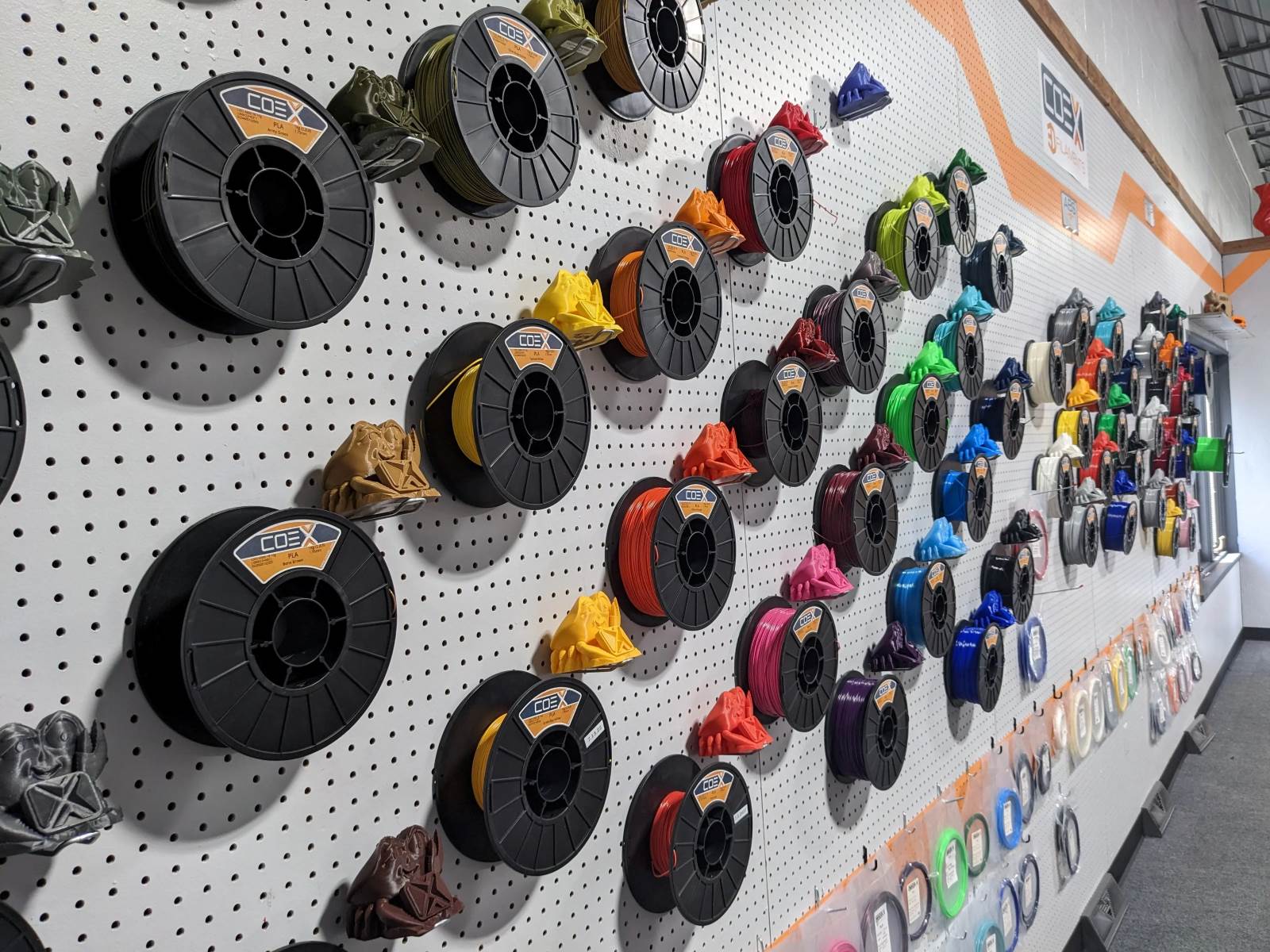
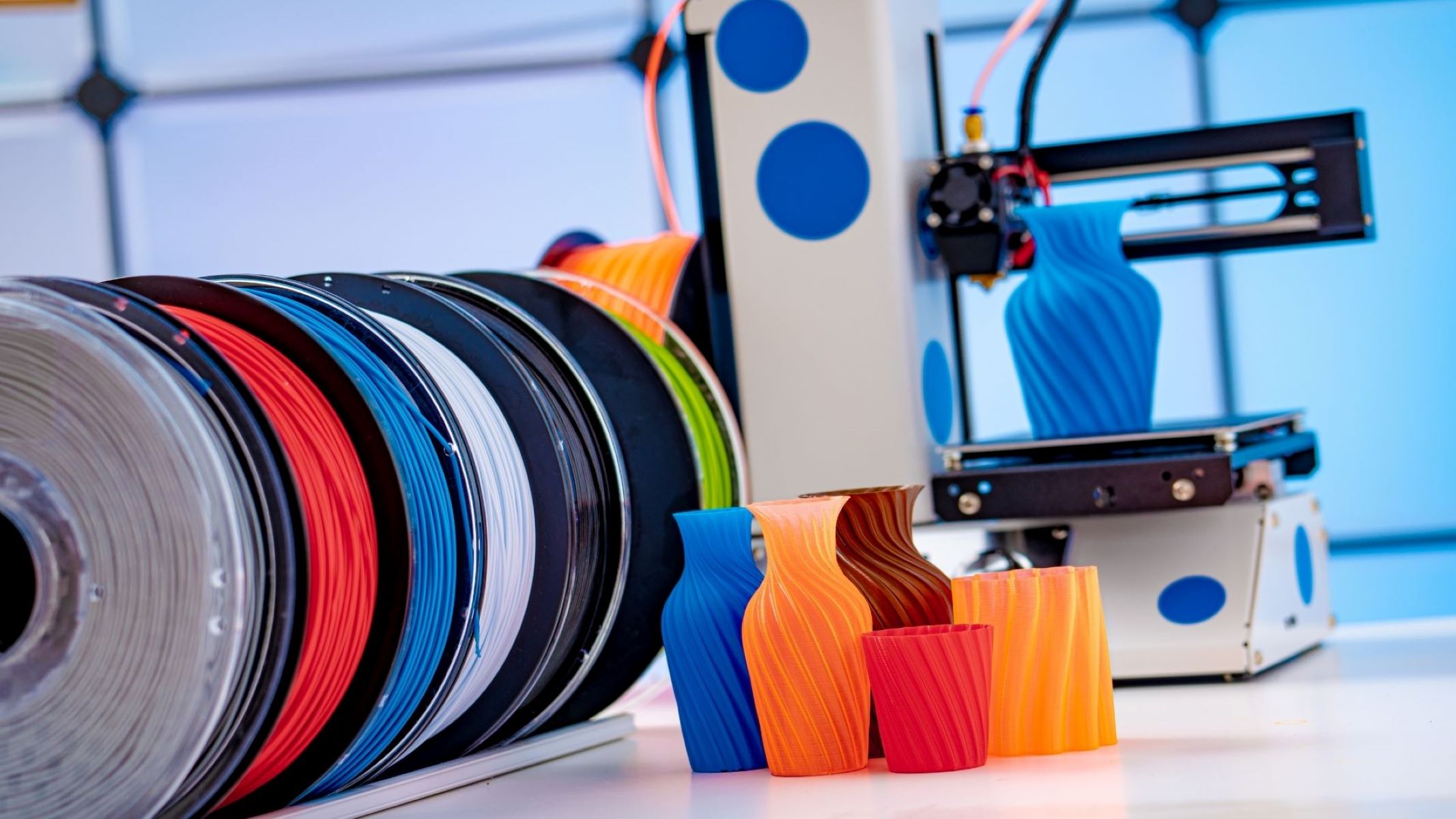
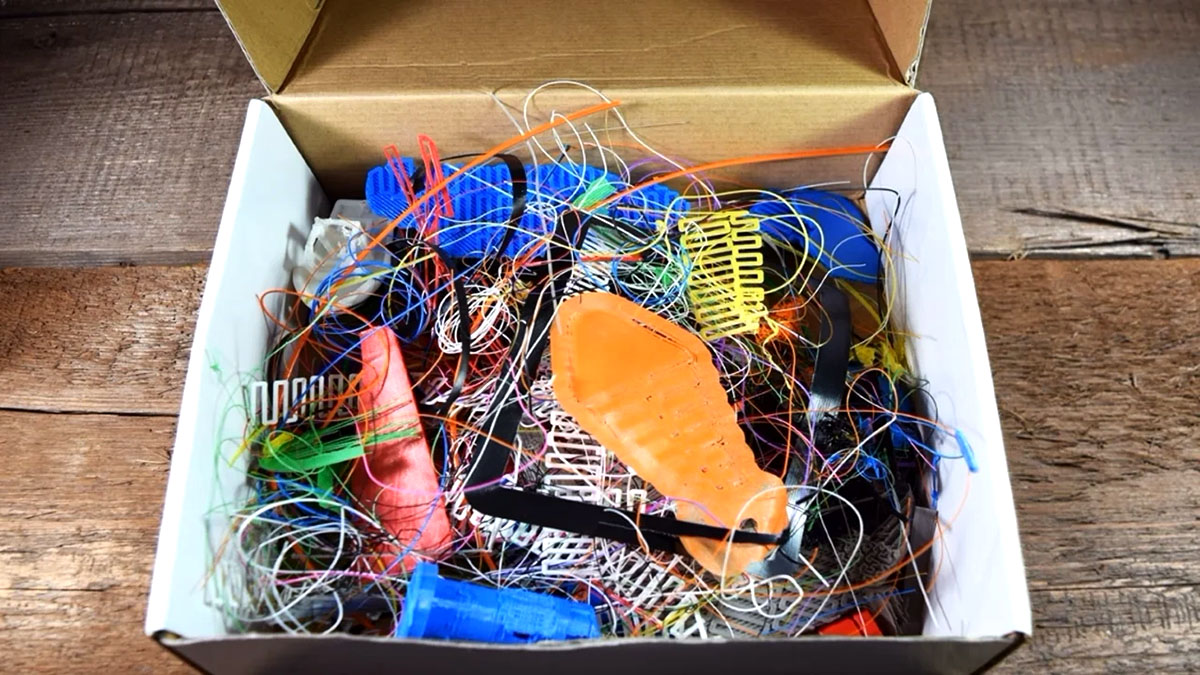
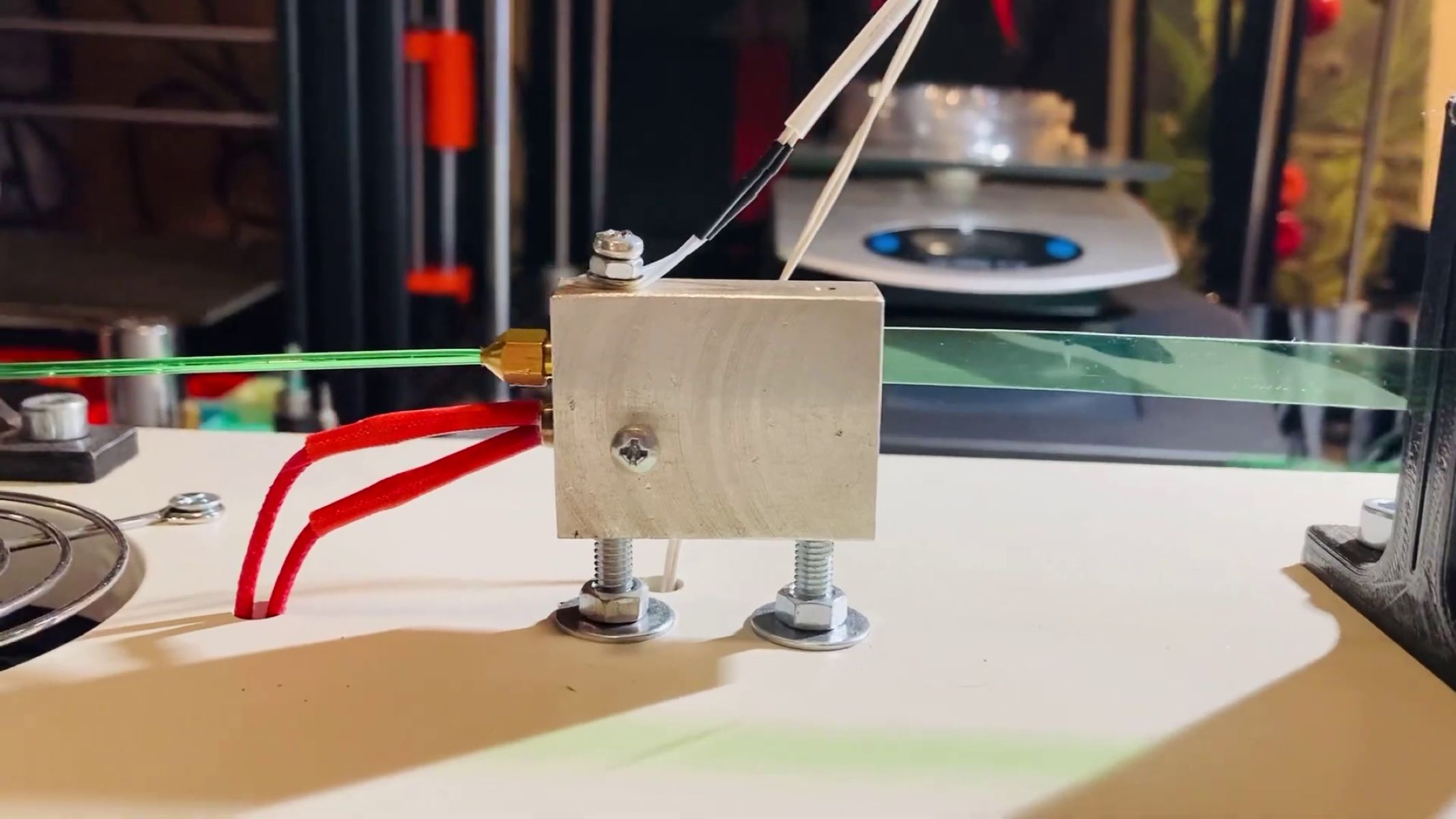
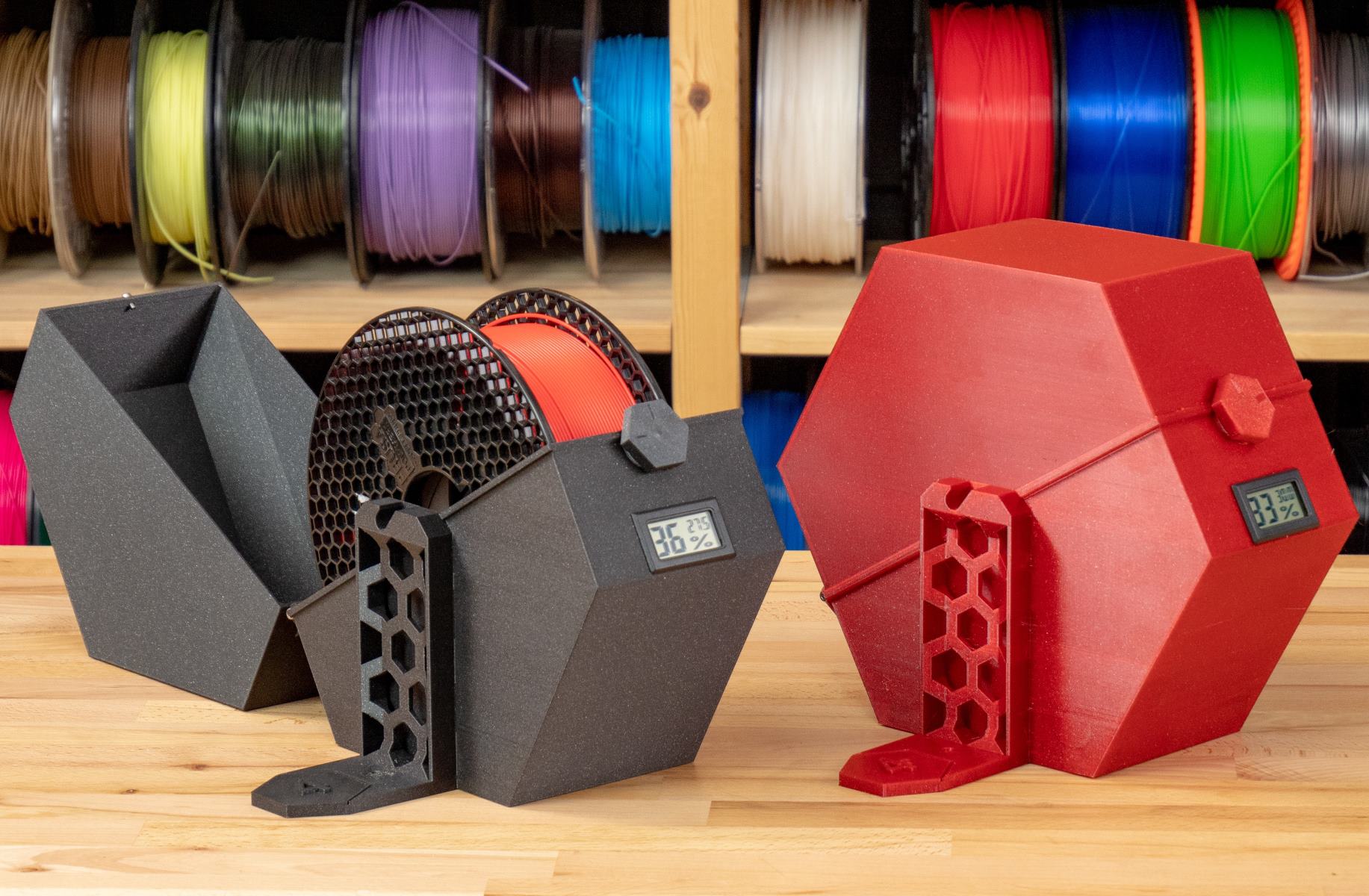
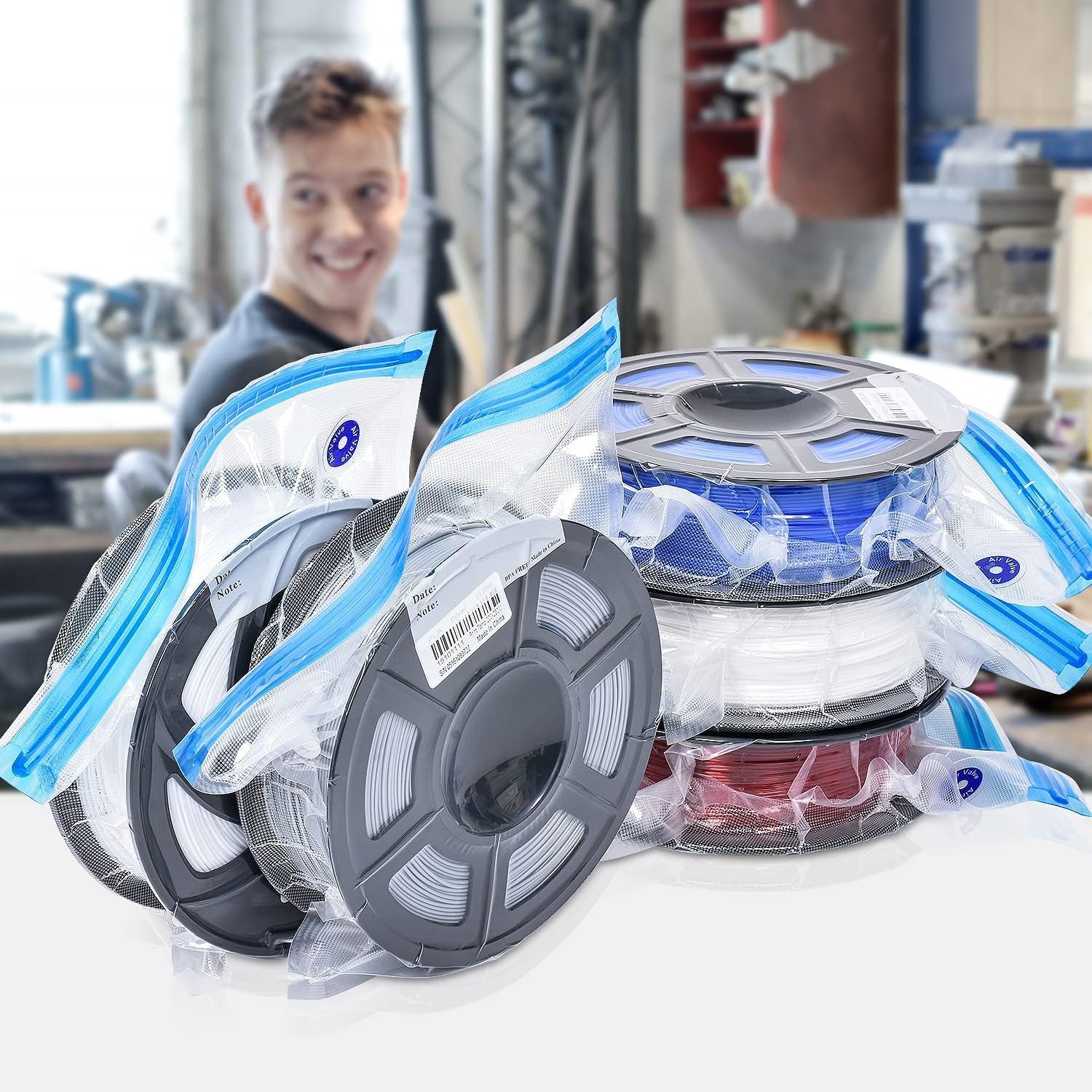
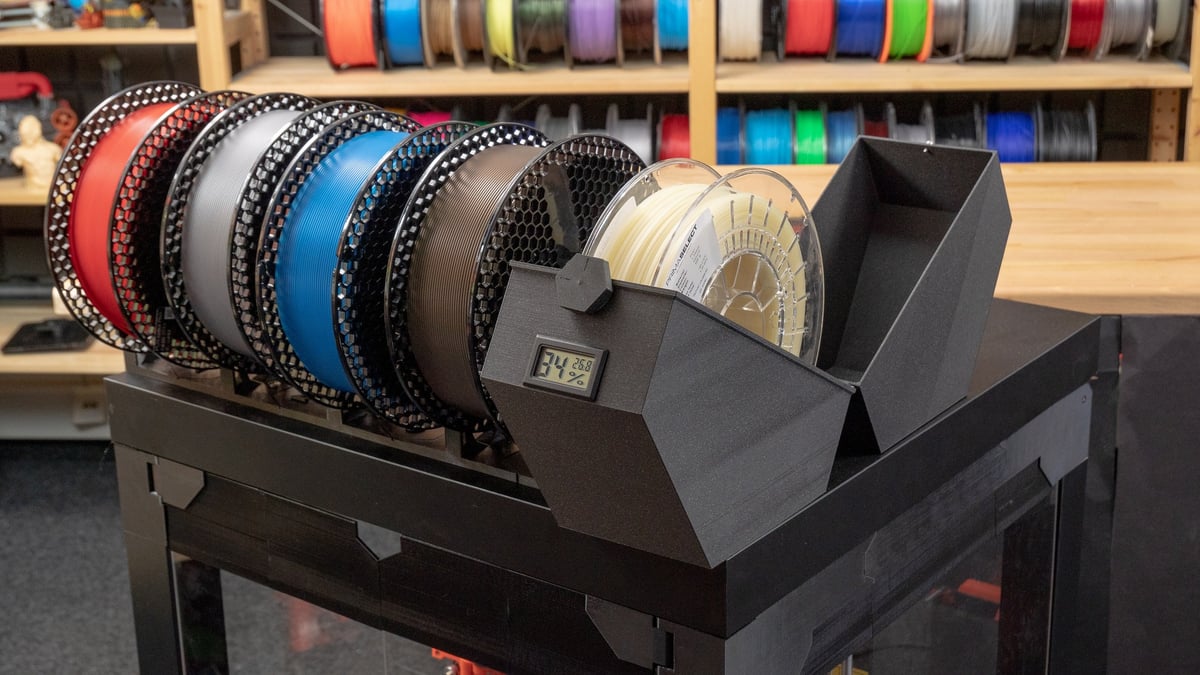
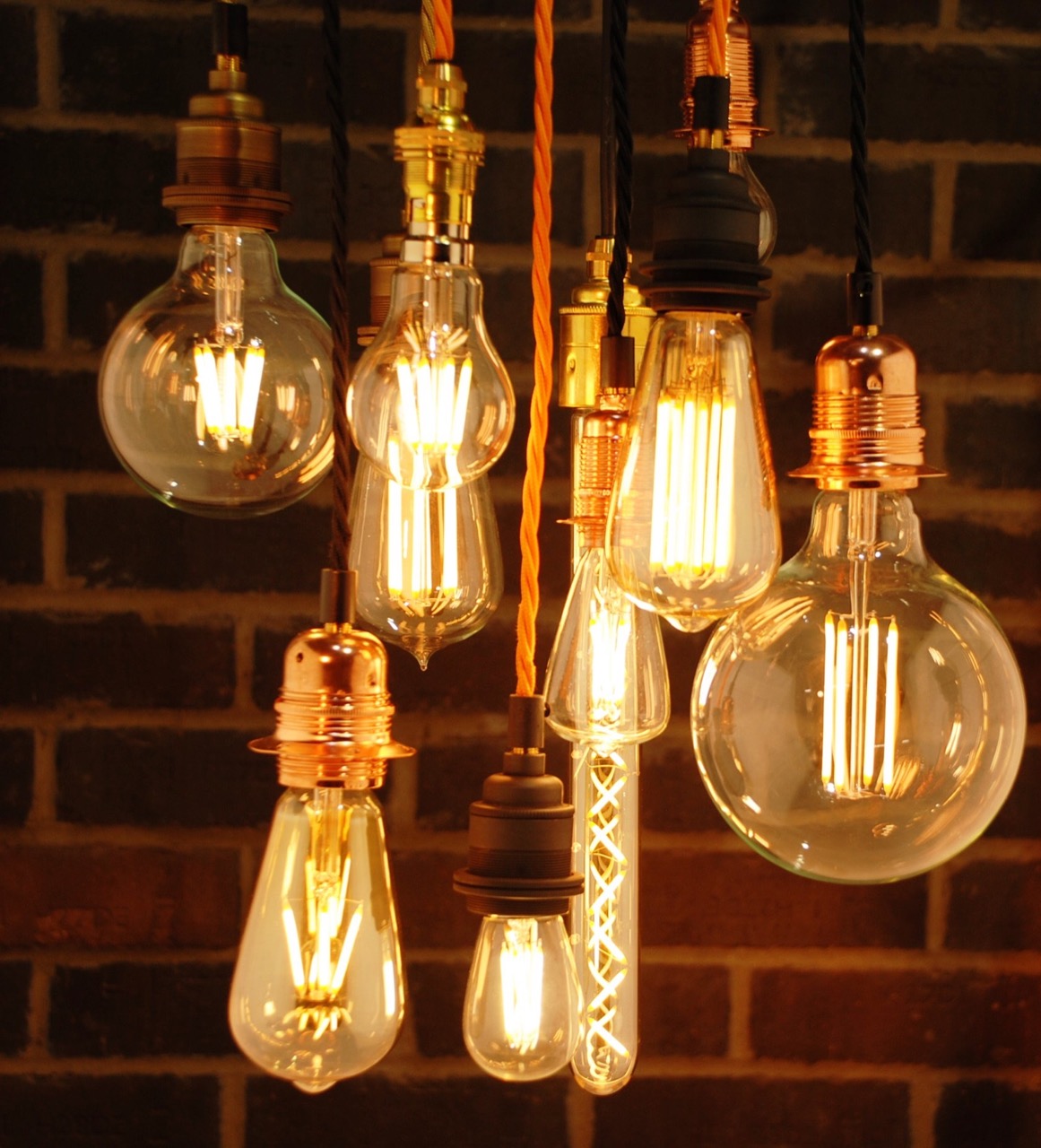
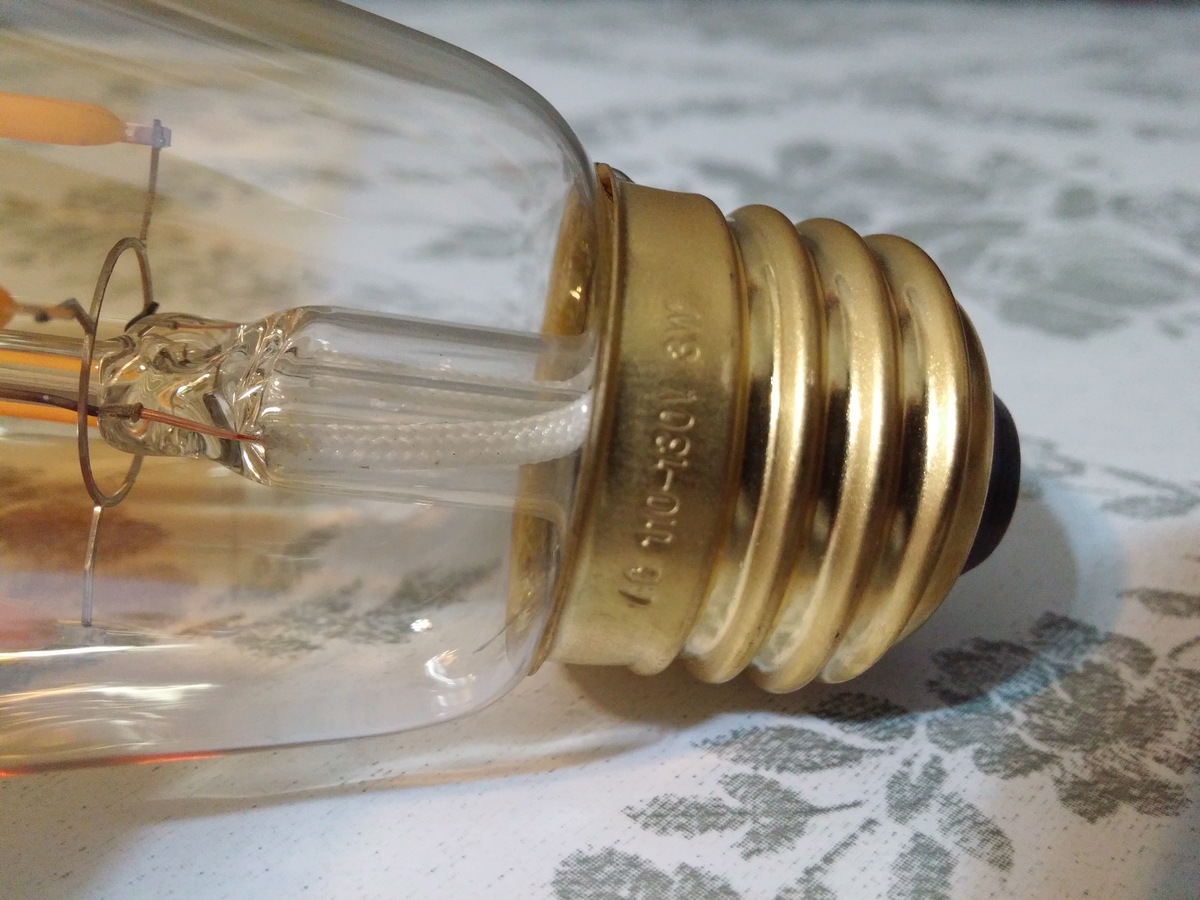
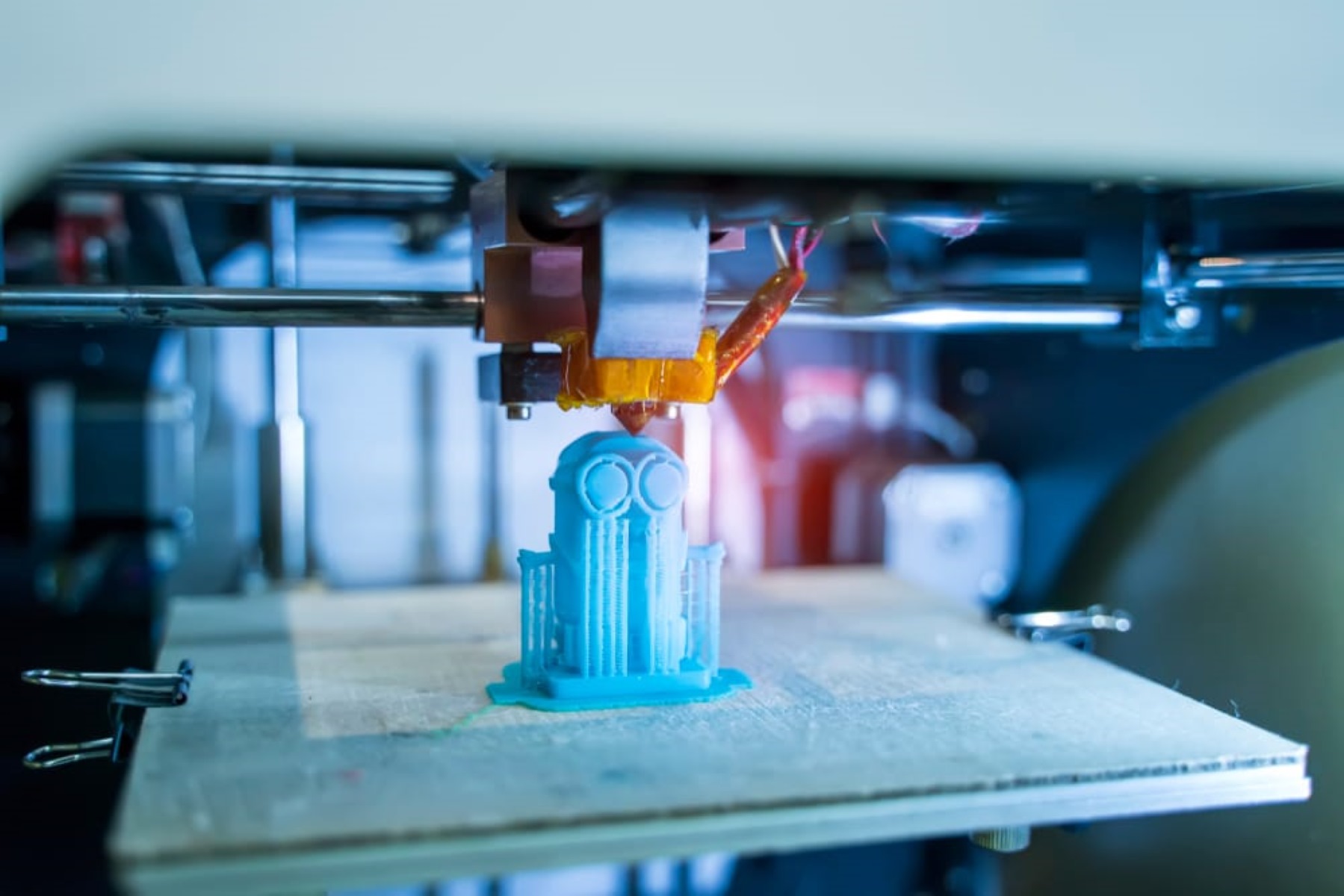
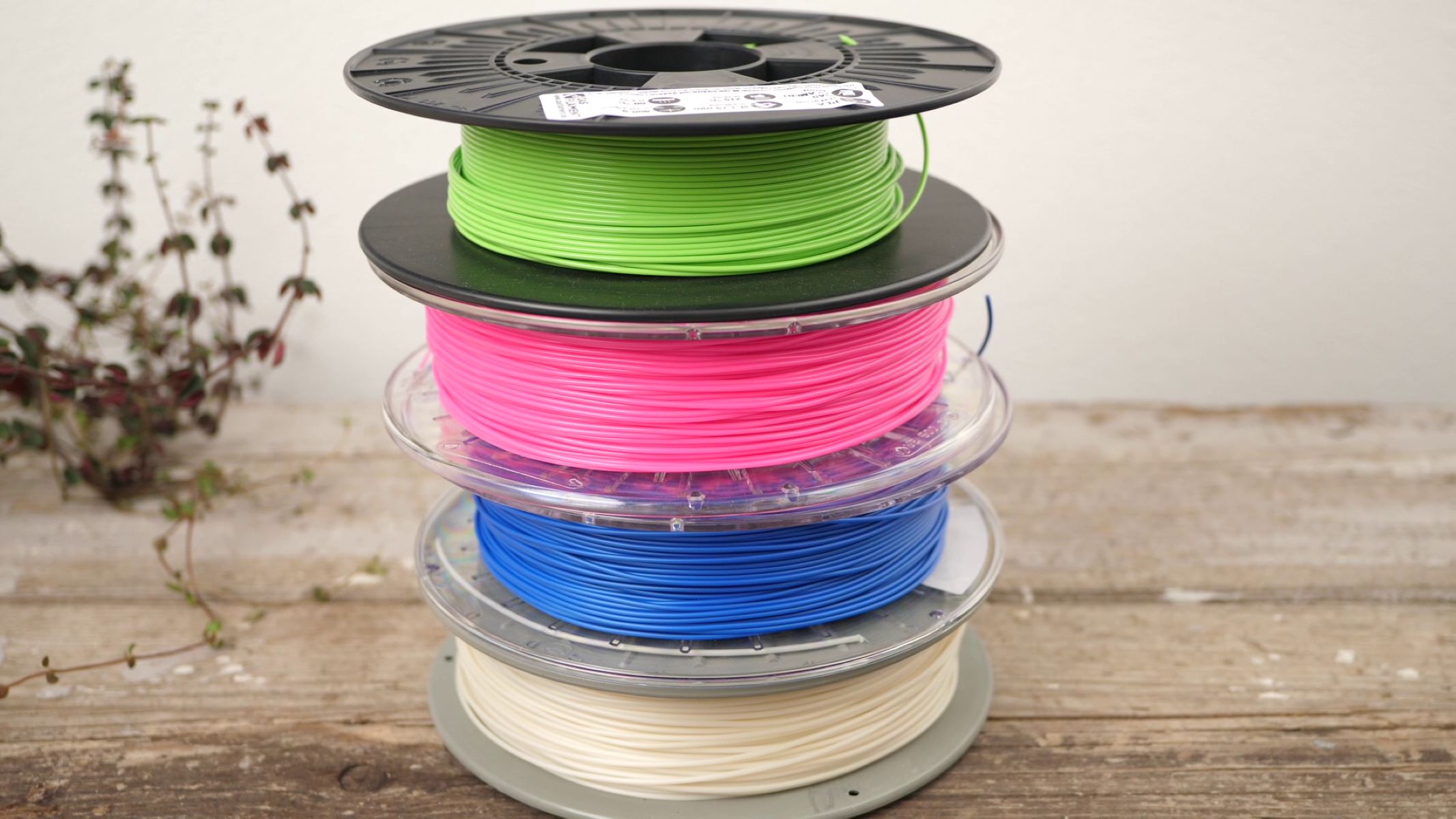
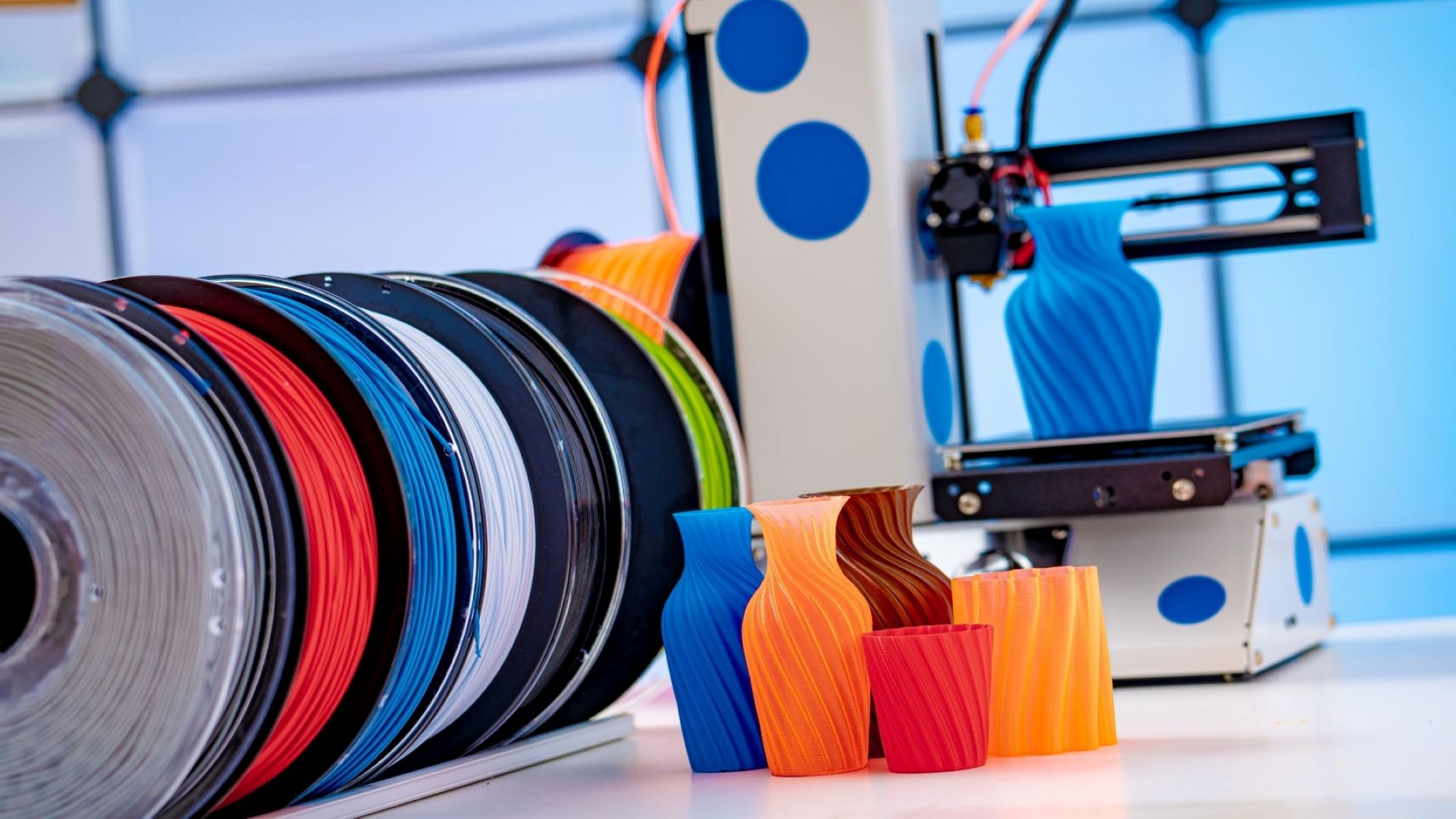
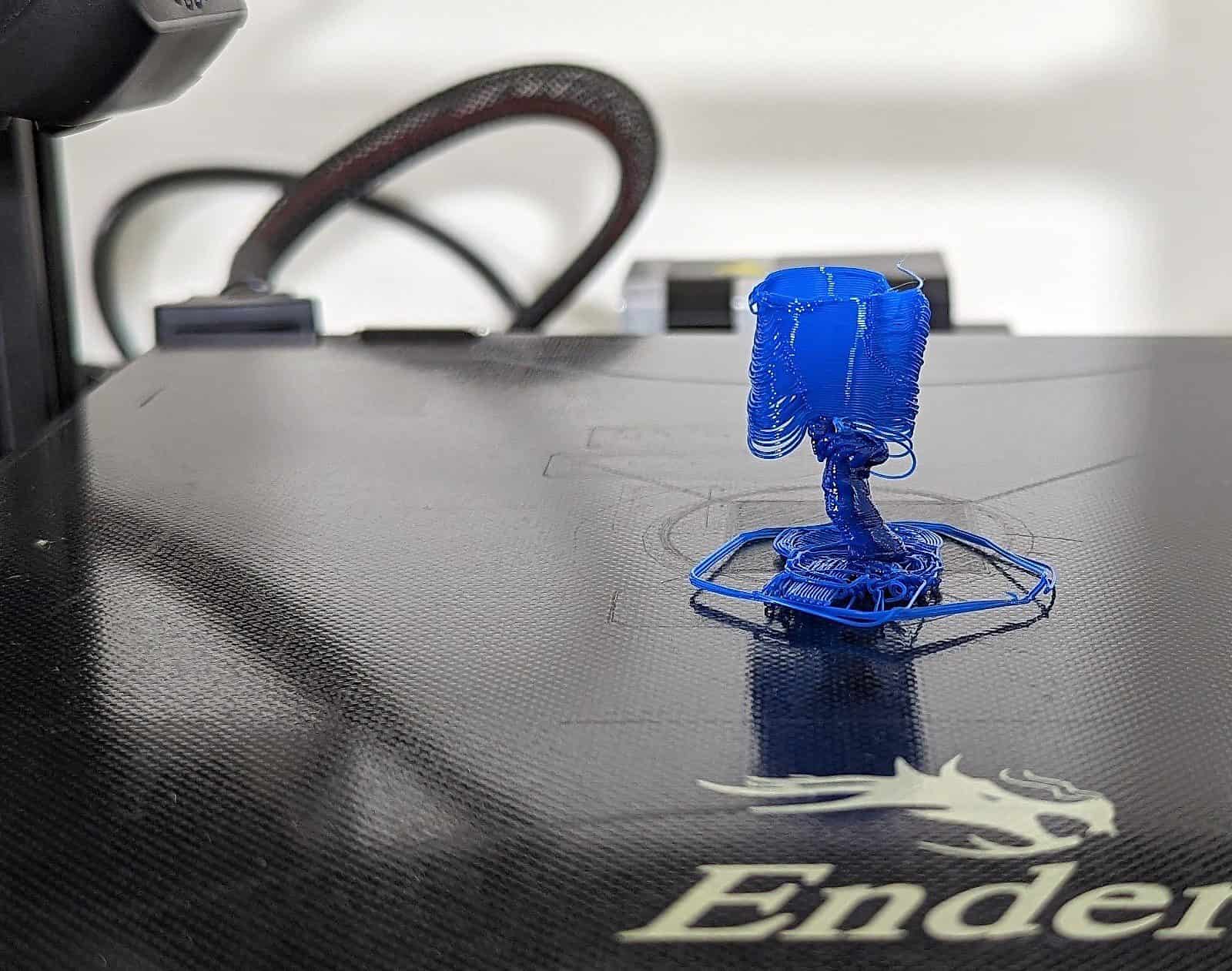
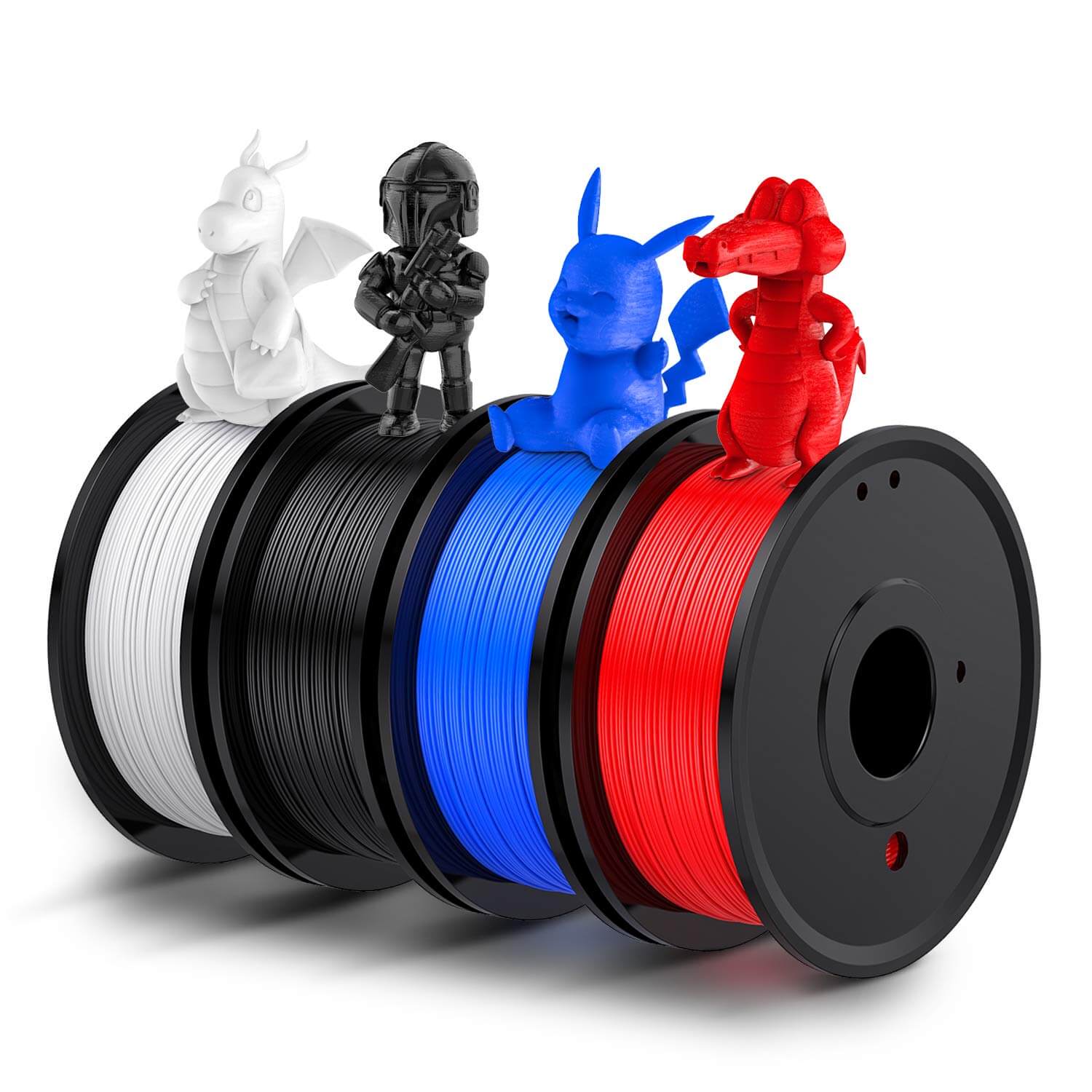

0 thoughts on “How To Store Filament”